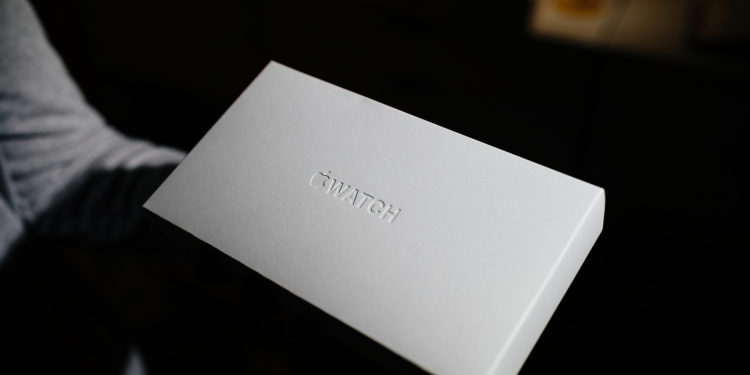According to a new report, Apple has made remarkable progress in non-invasive blood glucose monitoring. With this feature, which will be integrated into the Apple Watch in the future, Apple wants to give diabetics and other people the ability to measure their blood sugar levels without having to prick their skin to take a blood sample.
To measure blood sugar levels without blood, Apple is developing a silicon photonics chip that uses optical absorption spectroscopy to send laser light under the skin to measure glucose concentration in the body. The technology is in the proof of concept phase but has yet to be scaled down to a size that fits into a wearable device, Bloomberg has now reported. reported. Currently, the prototype device is about the size of an iPhone and can be attached to a person's arm. That's smaller than an earlier version that was so large it had to be placed on a table.
Apple is working on blood sugar monitoring for the Apple Watch
TSMC developed the main chip for the prototype, but Apple has previously worked with Rockley Photonics to develop sensors and chips for glucose monitoring. Rockley Photonics unveiled a digital sensor system in 2021 that it said could monitor body temperature, blood pressure, glucose trends, fluid intake, alcohol, lactate, and more. Rockley Photonics made it clear in regulatory filings that Apple was its biggest customer—but Apple eventually ended the collaboration. Apple has hundreds of engineers in its Exploratory Design Group (XDG) working on the project. But the technology is still years away. According to Bloomberg, the XDG is comparable to Google's R&D Project X and Apple's most secret project. Apple has invested hundreds of millions of dollars in developing noninvasive glucose monitoring.
The goal: Apple wants to detect prediabetes and warn users
Apple began working on alternative glucose sensing after purchasing RareLight in 2010 under the leadership of Steve Jobs. For many years, Apple worked with a startup called Avolante Health LLC on a secret project before merging into XDG. The technology to detect glucose under the skin has been tested on humans for the past decade, with Apple using a test group of people with prediabetes, type 2 diabetes, and people without a diabetes diagnosis. Apple wants to be able to warn people when they have prediabetes so they can change their lifestyle before full-blown diabetes develops. Apple's regulatory team is already in early talks to get regulatory approval for the technology. (Photo by hadrian / Bigstockphoto)





